The AnandTech Coffee Lake Review: Initial Numbers on the Core i7-8700K and Core i5-8400
by Ian Cutress on October 5, 2017 9:00 AM EST- Posted in
- CPUs
- Intel
- Core i5
- Core i7
- Core i3
- 14nm
- Coffee Lake
- 14++
- Hex-Core
- Hyperthreading
Differences from Coffee Lake to Kaby Lake
Physical Design: Pin Outs
The platform for the new Coffee Lake systems is going to look and feel very similar to the 6th and 7th Generation platform, with some minor differences, but this could lead to a lot of confusion.
Intel has made it very clear that Coffee Lake processors will work only in Z370 motherboards, and not in the previous generation Z270 motherboards. This despite the fact that both generations of boards share the same socket design due to how the pins are used. In Intel’s 8th Gen datasheet posted online, a full pin-out is provided, showing that there is indeed a difference between the new Coffee Lake processors and the older Kaby Lake processors, and what those specific differences are.
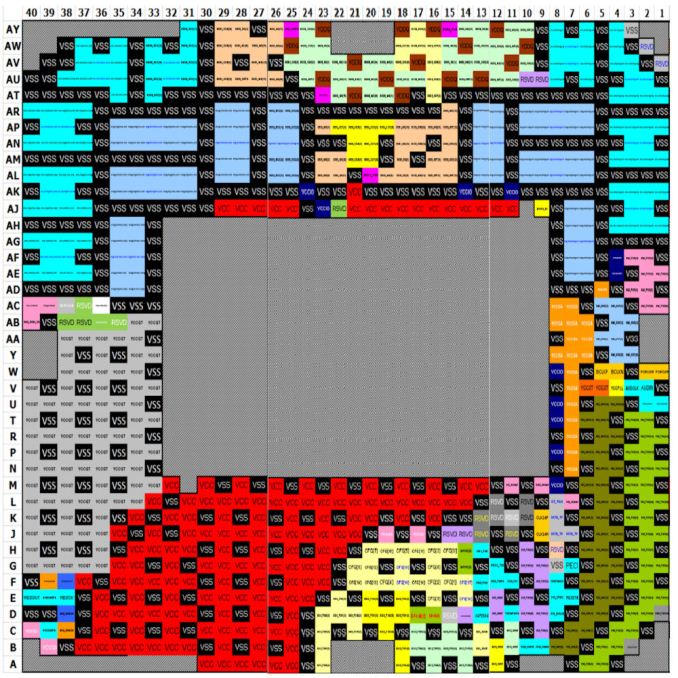
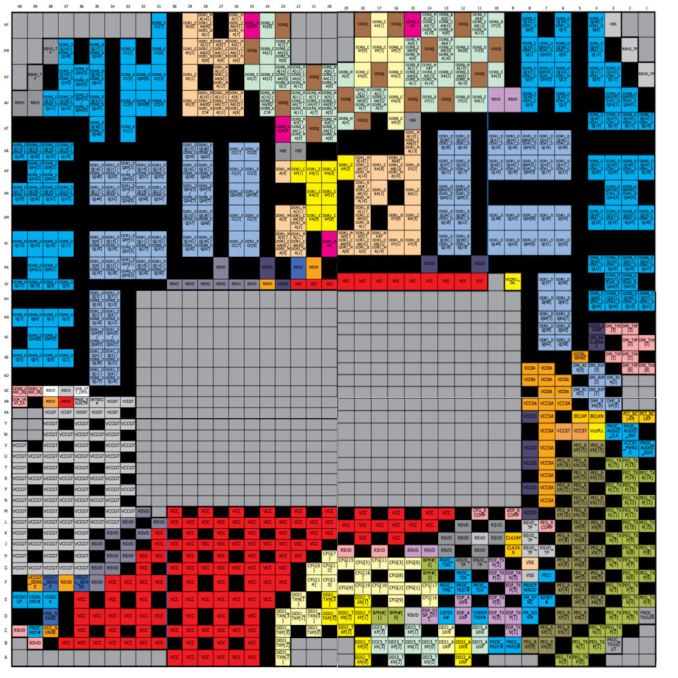
Coffee Lake (left), Kaby Lake (right) - not to scale
Image from David Schor, Wikichip
With the new CPUs, more pins are converted from RSVD (reserved) to VCC (power) and VSS (ground), specifically, there are 18 more power pins and 14 more ground pins, with a slight rearrangement in how the pins are provided. Most of the changes can be seen just above the central blank area to the left, where grey RSVD areas are now red.
In any regular generational change, the pin-out adjustment is to be expected. This is usually accompanied by a change in the socket, such as from one flavor of LGA115x to another flavor of LGA115x, in order to avoid any confusion as to what processors work in what motherboards. These sockets might have been physically similar, such as the socket 775 and socket 771 processors, but notched differently to avoid misplacing a CPU into the wrong socket. But this difference does not exist for Coffee Lake.
Physical Design: Notches
So the pin-outs for Coffee Lake and Kaby Lake are different, especially with the support for hex-core processors, but that is not a big story. What is a big story is as the physical socket being identical to the last platform: both use LGA1151. To compound the issue, both sets of processors have the same notches in the same places on their packages, making it very easy to place the wrong CPU in the wrong motherboard. Notches are typically used to physically restrict which processors go into which motherboards. Intel decided there was no need to differentiate this time around.
Whoever at Intel thought this was a good idea needs to reevaluate their decisions. If the new CPU was labelled as LGA1153, still had 1151 pins but slightly different notches, this wouldn’t be an issue because users would not be able to misplace (and potentially damage) their new CPUs by placing them in the wrong motherboards.
Integrated Graphics
Blowing up specialized sand aside, there is going to be a few differences in the capabilities of each platform. The new processors will support HDCP2.2 on both DisplayPort and HDMI, although an external LSPCon is still needed for HDMI 2.0.
The video outputs for Coffee Lake will be similar to that on Kaby Lake, with three display pipes supported for motherboard manufacturers to configure as needed.
The full decode/encode support is listed below.
Perhaps surprisingly, Intel did not explicitly mention the state of the integrated graphics in the new set of processors during our pre-briefing. This is odd, especially given the amount of time spent praising the virtues of previous generations of the graphics. Due to the early announcement of the processors last week, more details have emerged.
All the six processors being made available today will have Intel’s UHD Graphics 630. This is basically identical to the previous generation's HD Graphics 630, except the name is now UHD, which we suppose is for marketing purposes now that UHD content and displays are more ubiquitous when the naming first started. The other change is HDCP2.2 support.
We were told that there are performance improvements with the new graphics package, mainly from an updated driver stack but also increased frequencies. All the parts will have an idle frequency of 350 MHz, and boost up to the following frequencies:
| Intel 8th Generation 'Coffee Lake' Desktop Processors | ||||||
| i7-8700K | i7-8700 | i5-8600K | i5-8400 | i3-8350K | i3-8100 | |
| Integrated Graphics | GT2: 24 EUs | GT2: 23 EUs | ||||
| IGP Base Freq | 350 MHz | 350 MHz | ||||
| IGP Turbo | 1.20 GHz | 1.20 GHz | 1.15 GHz | 1.05 GHz | 1.15 GHz | 1.10 GHz |
In the case of the Core i7-8700K, this is a 50 MHz jump over the previous generation.
The Intel Z370 Chipset
From a high level, the Z370 chipset is identical to the Z270 chipset. The connectivity is the same, the number of supported PCIe 3.0 lanes is the same, the available bifurcation is the same, the controller support is the same: it is the same chipset under a new name, to help identify the new motherboards that support Intel’s 8th Generation processors compared to the previous chipset for the previous generation of processors.
From the chipset directly we get 20-24 PCIe 3.0 lanes, six SATA 6 Gbps ports with support for RAID 0/1/5/10, a total of 14 USB ports (either 2.0 or 3.0, up to a maximum of ten of USB 3.0), and support for network controllers, support for Thunderbolt 3, and support for Intel’s Optane memory as a boot drive. It’s critical that we say ‘support’ here, because the diagram above from Intel is misleading: Intel is not supporting Thunderbolt directly from the chipset, and motherboard manufacturers will have to include a Thunderbolt 3 controller in order to do so.
So on the face of it, the chipset is not too different. What will be different is on the motherboard-as-a-whole side.



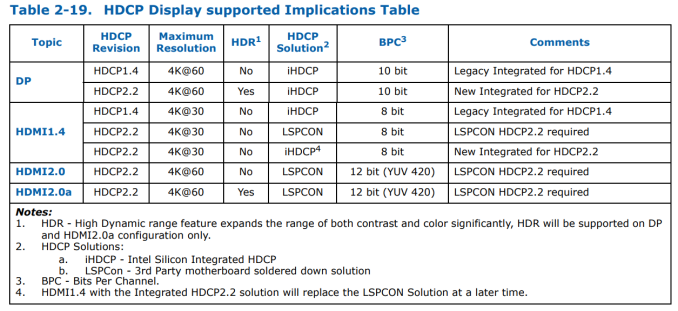
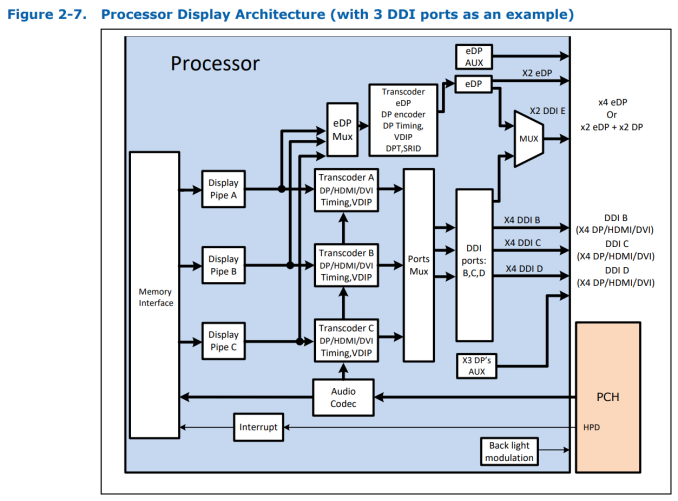

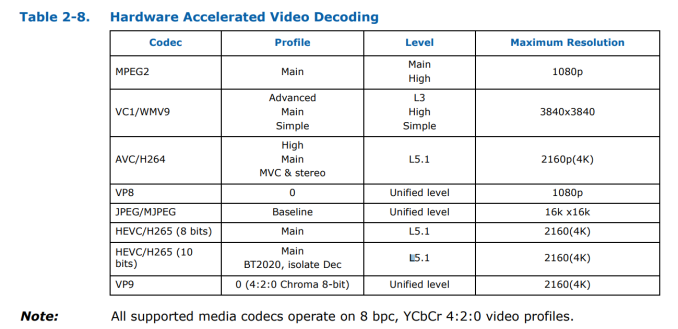
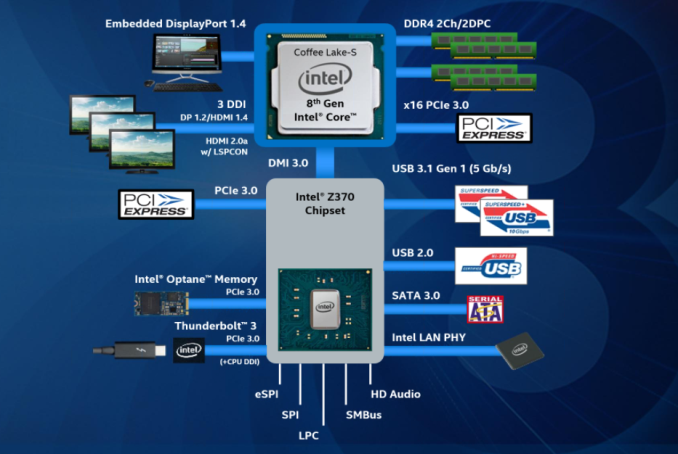








222 Comments
View All Comments
masouth - Tuesday, October 10, 2017 - link
lol, he makes a comment on how SOFTWARE is written and you can't jump off YOUR bandwagon (be it Intel or Neutral) quick enough to heap your scorn.Dolpiz - Saturday, October 14, 2017 - link
https://youtu.be/oCSkyNHXIAE?t=20m48squanticchaos - Monday, February 5, 2018 - link
If you consider Ryzen does not have integrated graphics, Coffee lake beats its TDP hands down.Crono - Thursday, October 5, 2017 - link
I love the smell of coffee In The MorningIGTrading - Thursday, October 5, 2017 - link
We know that this is a "short" "pre-review", but it is a bit bizarre that there is no mention of AMD in the conclusion.Not that we consider that AMD should be necessarily mentioned in an article dedicated to an Intel launch, BUT Intel's offerings were always discussed in the conclusion section of every AMD review.
So we would consider it's just fair to remind people in the conclusion as well that the new Coffee Lake chips from Intel are a welcomed addition, but that they are unable to completely dethrone the competition and should be praised for the fact that AMD will be now forced to lower the Ryzen prices a bit.
The way it is right now, the conclusion is written like Intel is the only alternative, quad or hexa core, with nothing else on the market.
Personal opinion :
Despite me being the technical consultant on the team, this was observed by two of my colleagues (financial consultants) and they even brushed it away themselves as "nitpicking" .
Since I've worked in online media myself, this looks very similar with an attempt to post something to "play nice" with Intel's PR so we've decided to post this comment.
Therefore we eagerly await Ian's full review, with his widely appreciated comprehensive testing and comparisons.
Nevertheless, thank you Ian for your work! It is appreciated.
eddieobscurant - Thursday, October 5, 2017 - link
What did you expect, Anandtech is an intel pro review site. They didn't even mention the huge price difference between intel's z370 chipset motherboards required for coffee lake in contrast to amd's b350 chipset motherboards. It's almost double price.RDaneel - Thursday, October 5, 2017 - link
I haven't been following this closely, but does that mean that b350 boards are about $60? That's incredible! The Z370 I'm looking at is only $120, which didn't seem that bad, but if the b350s are really $60-70, then it might be worth checking out. Are they really that cheap?kpb321 - Thursday, October 5, 2017 - link
Yup. Newegg shows almost a dozen B350 boards for $60-$70 currently. Most are micro ATX but there are a couple ATX boards in that range currently (after rebate) including "gaming" boards like the MSI B350 TOMAHAWK.name99 - Thursday, October 5, 2017 - link
Really? Other times I've heard they are a pro Apple review site, a pro IBM review site, and a pro MS review site.They really seem remarkably catholic in whom they support.
seamonkey79 - Friday, October 6, 2017 - link
It depends on the article.